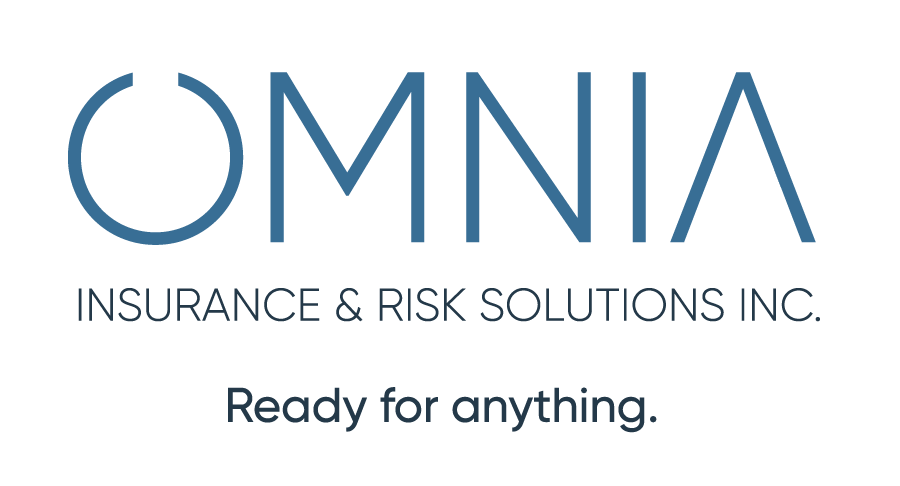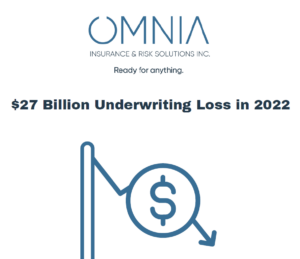We’ve all heard about diamonds from the earth and diamonds made in a lab.
 These precious stones also come from a place you’d least expect: the ocean! The floor of the ocean to be exact. About 400 feet below sea level off the coast of Africa, are some of the highest quality diamonds being mined today.
These precious stones also come from a place you’d least expect: the ocean! The floor of the ocean to be exact. About 400 feet below sea level off the coast of Africa, are some of the highest quality diamonds being mined today.
These diamonds were carried by the Orange River from the middle of the African continent to the Atlantic. Battered by wind, waves and rocks, the stones with flaws and fissures were broken up with only the high-quality diamonds surviving.
Land-based mines peaked in 2005 leaving only the lower quality and smaller sized diamonds. Some mines are being closed because the owners can no longer justify the expense.
Deep-See Mining
 A joint venture, Debmarine Namibia, between De Beers and the government of Namibia has created an underwater operation that takes advantage of new technologies to
A joint venture, Debmarine Namibia, between De Beers and the government of Namibia has created an underwater operation that takes advantage of new technologies to
acquire diamonds from shallow and deep marine deposits. A crawler vessel drills down into the ocean floor, scooping diamonds from about a depth foot and a half, “horizontal mining,” to 400 feet, “vertical mining.”
Environmentalist questions the techniques, since little is known about the deep ocean ecosystem. The company assures the environmental impact is minimal compared with earth mining because no chemicals are used and they “put all materials back, except the diamonds.”
Over 16 million carats of the world’s highest quality diamonds have been mined. DeBeers estimates it will be 50 years before this licensed offshore area is mined out. It is said that 95% of the seabed diamonds are gem quality compared to about 20% from Botswana, the company’s main source of diamonds.
Deep earth or ocean floor – the value of diamonds depends on their quality. Exercise basic precautions for all diamonds:
- Be sure the appraisal describes the diamond in detail, including any treatments
- Be wary if the appraised valuation is significantly higher than the sale price
- The best appraisals include the JISO 68/79 appraisal form, and is written by a qualified gemologist (GG, FGA+, or equivalent) who has additional insurance appraisal training.
See my next article on Accurate Jewelry Appraisals.


